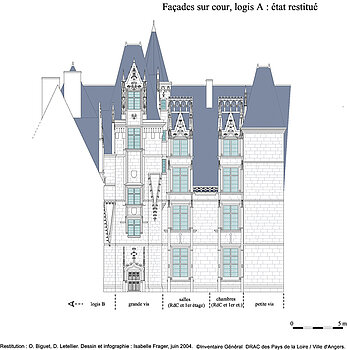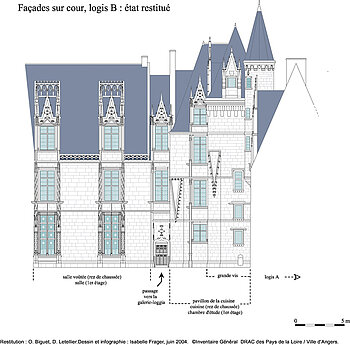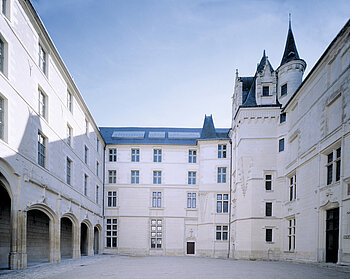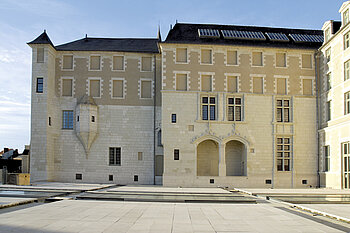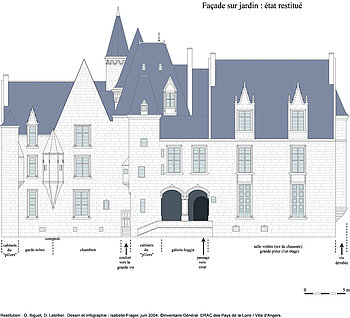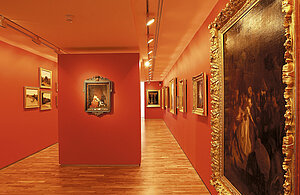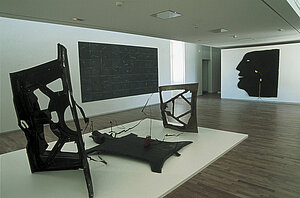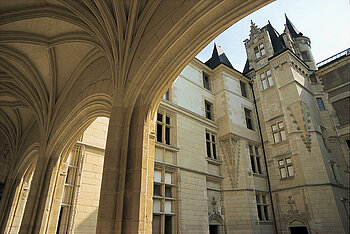 , Ouvre une nouvelle fenêtre
, Ouvre une nouvelle fenêtre
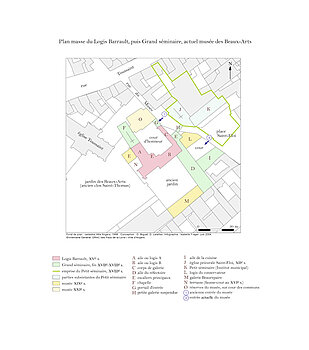 , Ouvre une nouvelle fenêtre
, Ouvre une nouvelle fenêtre
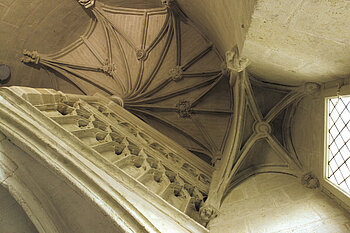 , Ouvre une nouvelle fenêtre
, Ouvre une nouvelle fenêtre
The Mansion of a well-known Financier
The Barrault mansion was restored at the same time as the fine arts museum and provided the opportunity to entirely rediscover this fine edifice which is as extraordinary from an architectural point of view as the Jacques-Coeur private mansion in Bourges. It was built between 1486 and 1493 for Olivier Barrault, Viscount of Mortain, one of the king’s favoured servants, treasurer of the Brittany region and three times mayor of Angers. He married Perrine Briçonnet who came from a wealthy family of powerful financiers from Tours who were very close to the king’s court.
The house had a very prosperous though short history because even if this “lovely, honest and sumptuous edifice whose decoration was the reflection of the beautiful town in which it was located” saw the visit of such honourable hosts as César Borgia, during Olivier Barrault’s time, or Marie de Medicis in 1619, we know by the notary acts of the period that from the middle of the 16th century it was no longer one whole building. It was purchased by the Great Seminary in 1673, rented to the bishop during work to the Episcopal Palace around 1695, and was the object of profound alterations at the beginning of the 17th and 18th centuries. During the revolution, the building was handed over to the department of the Maine et Loire which used it to house its central school and then, later on, in 1801, a museum. In 1805 the public library ccupied the premises and then both the museum and the public library became municipal buildings, the public library remaining here until 1977. Extensive renovation work was carried out on the roofs and interiors of the Barrault mansion between 1850 and 1854. This renovation work based on the museo-graphic work of the period led to the creation of long second storey galleries lit by the noonday sun.


